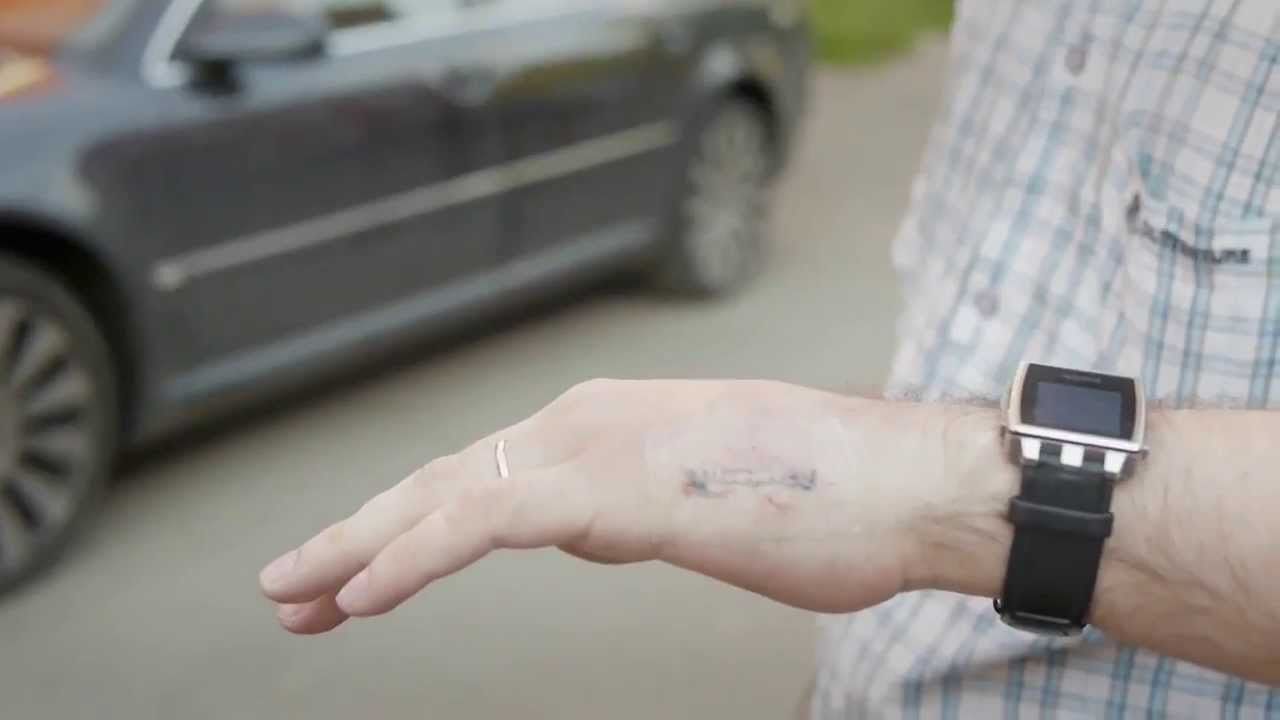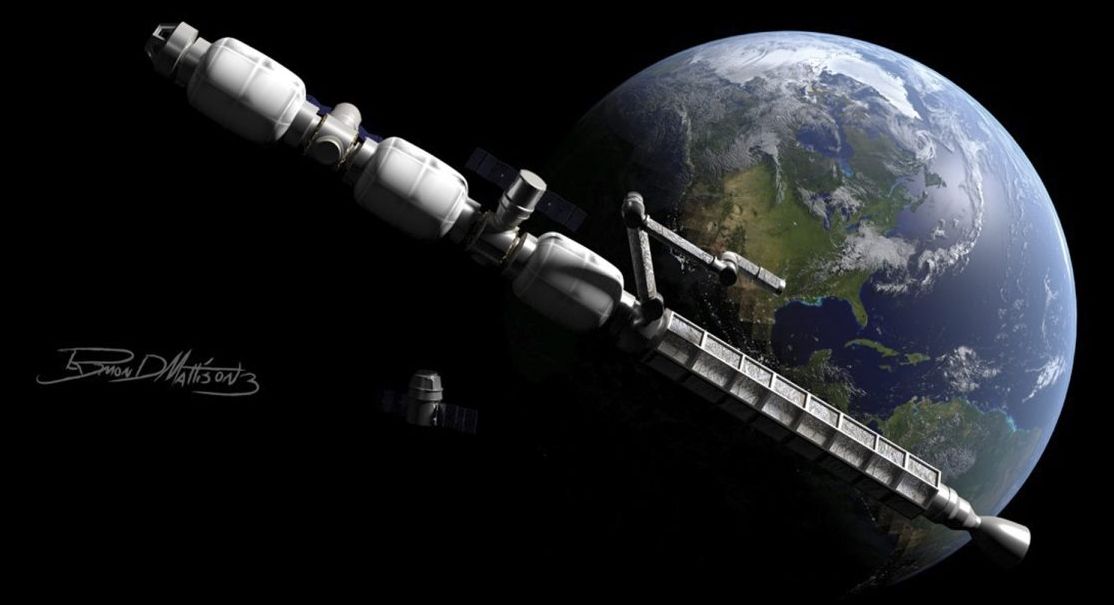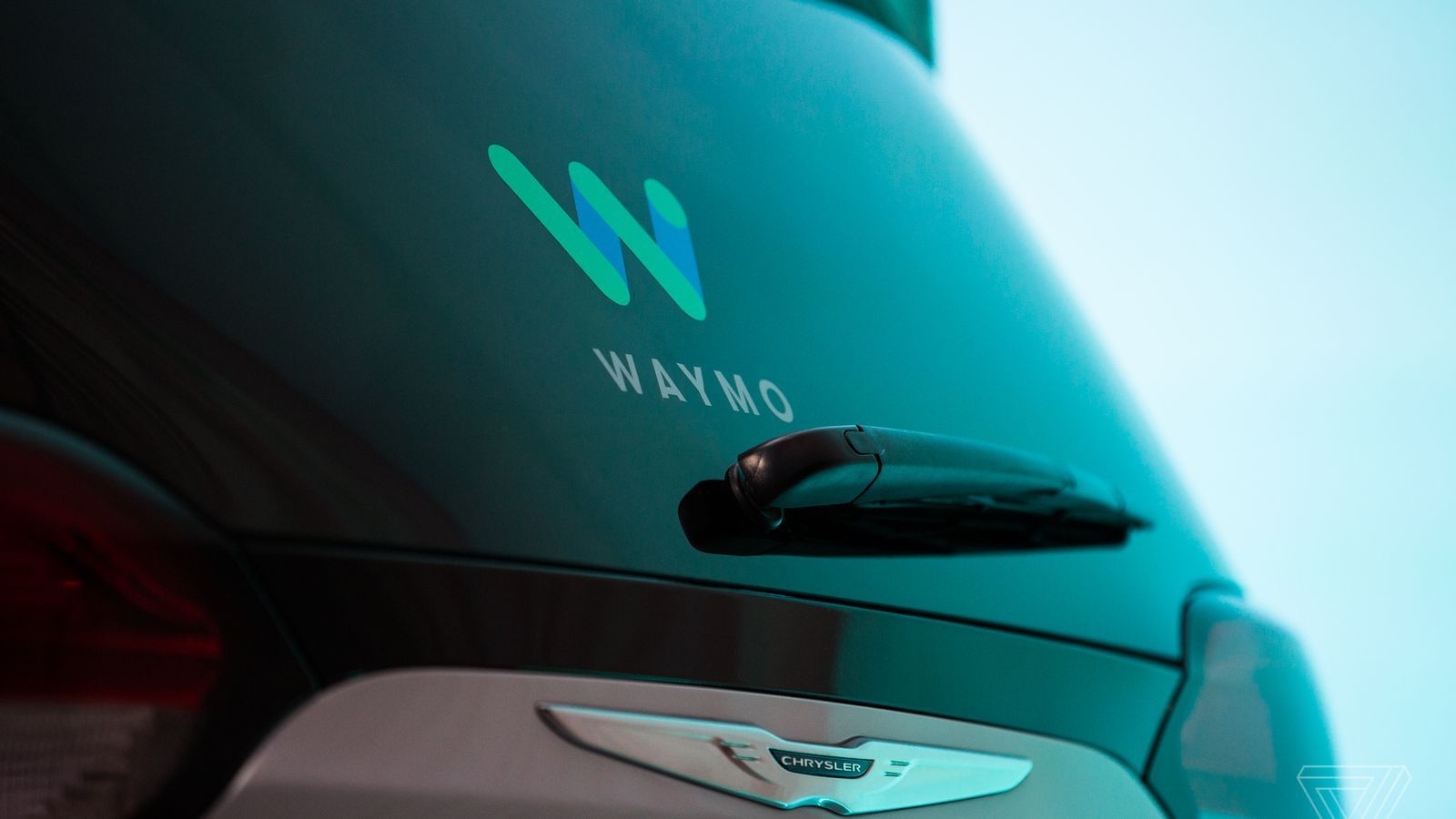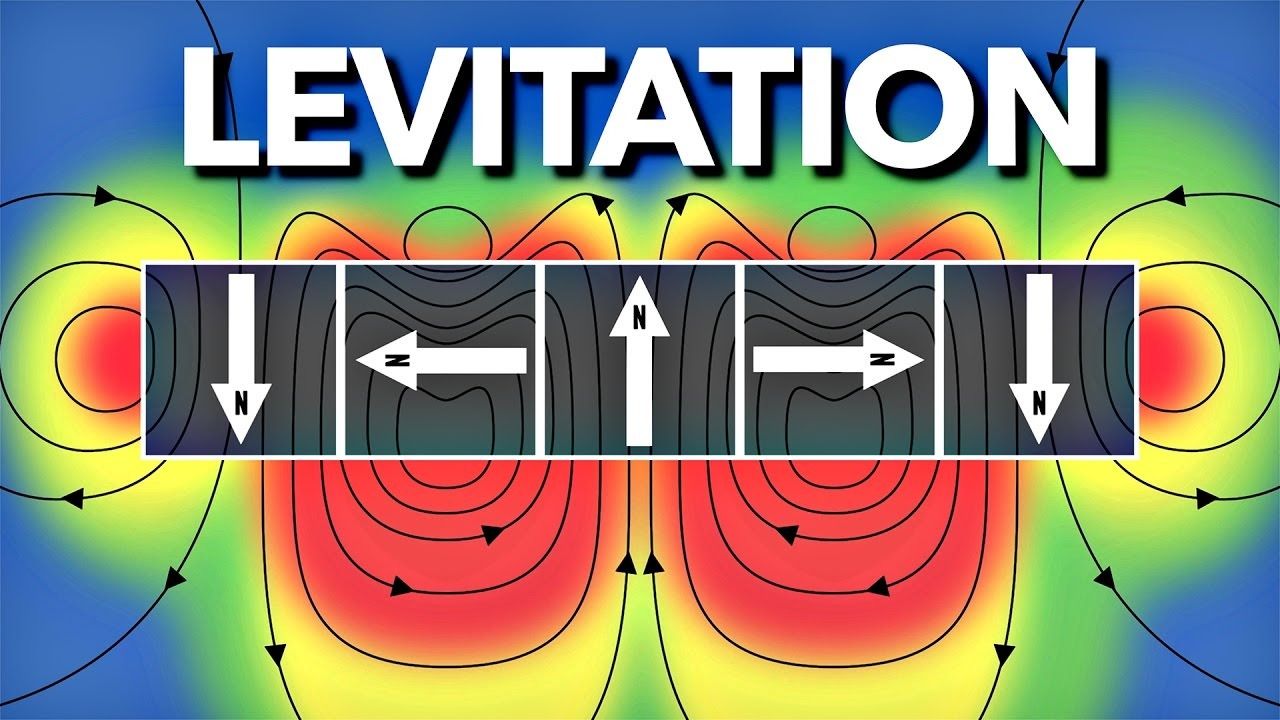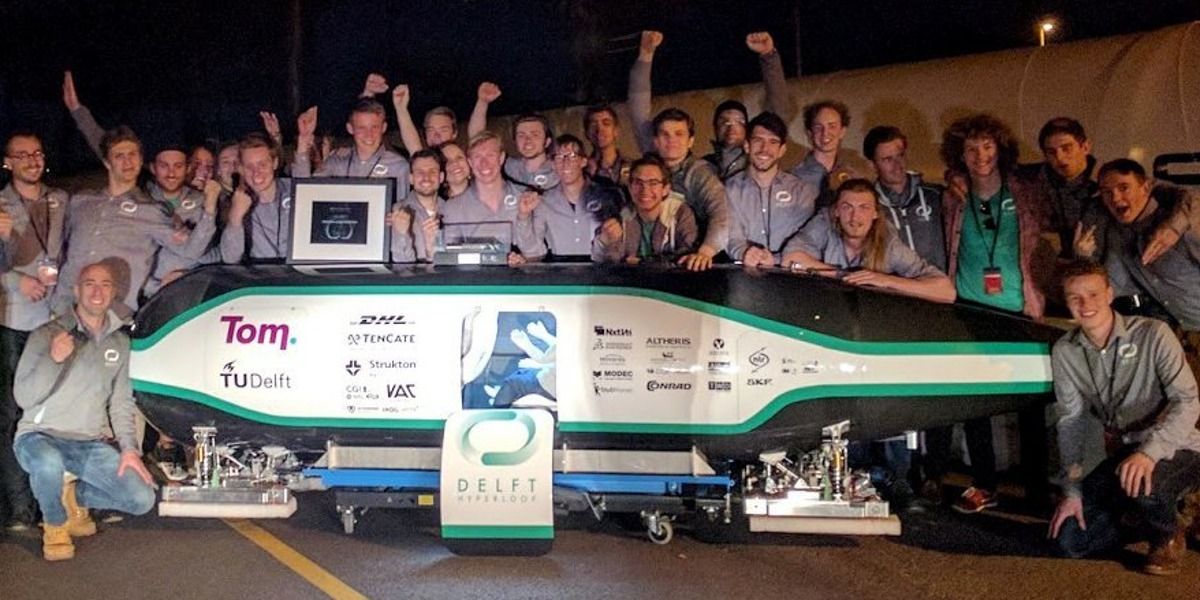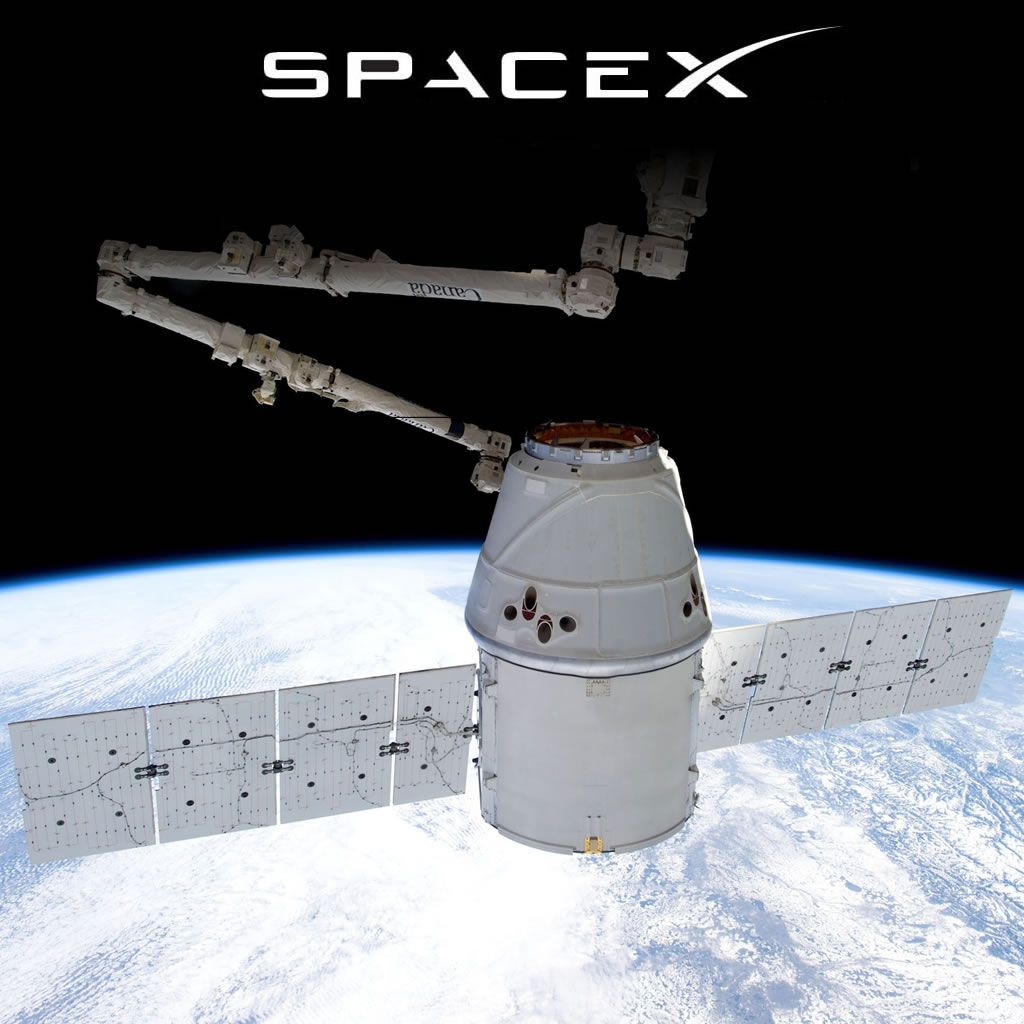Brogan BamBrogan has jumped back into the race to transform transportation. The engineer, who left Hyperloop One amid a wild legal battle last summer, has launched his own effort to build a network of tubes and pods to fling people about the planet at near-supersonic speeds. It’s called Arrivo (Italian for “arrived”), and it plans to put you—or at least your stuff—in a working hyperloop in just three years.
As CEO, BamBrogan (yes, that’s his legal name) says the new Los Angeles–based company has lined up funding and is in talks to produce hyperloop systems for a variety of clients. Without revealing where those projects are, he says he plans to start by moving cargo, a good way to prove the system works and iron out the kinks without killing anybody, all while bringing in some revenue.
BamBrogan is a respected engineer who spent years at SpaceX before cofounding Hyperloop One with venture capitalist Shervin Pishevar in 2014. In July, he and three coworkers sued the company, alleging shenanigans like breach of fiduciary duty, violating labor laws, wrongful termination, and infliction of emotional distress. Hyperloop One countersued, accusing BamBrogan et al. of an attempted mutiny. In November, the aggrieved parties reached a confidential settlement and dropped the suits, which involved details like an overpaid fiancée, drunken shouting, a nightclub bouncer, and … um … a noose.

